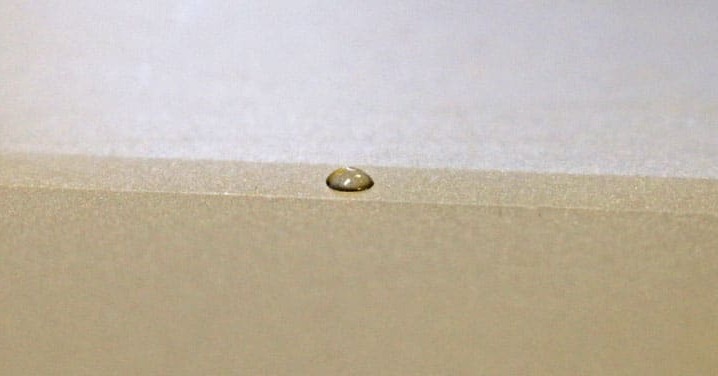Because most Gage R&R methods do not account for within-part variability, a modified approach is needed to properly determine the repeatability and reproducibility of contact angle measurements across parts and across operators.
Introduction
All measurements have some level of uncertainty, and it is important to understand the uncertainty of a measurement system, including its magnitude and the sources contributing to it. Gage R&R is a class of Measurement Systems Analysis (MSA) designed to evaluate a measurement tool for Repeatability (i.e. will repeated measurements on the same object return the same number time after time) and Reproducibility (will different users obtain the same results on a given object). Gage R&R procedures are intended to quantify the total variability in measurements made on multiple objects by multiple operators and deconvolute that variability into a component due to the measurement device and a component due to the operator. A predetermined threshold on the relative amount of variability (expressed as the total variability/tolerance) is used to determine whether the measurement system is considered appropriate to monitor the process in question. Many manufacturers use a value of 30% for this value.
Common Gage R&R procedures are based on the assumption that a given part has one ‘true’ value for the characteristic being measured and that a good gage can determine the value by a single measurement (e.g., weight, length, roughness, and color are characteristics that can be very uniform throughout a single part; these types of measurements are straightforward). As measurements of characteristics that can vary within a part are introduced, the Gage R&R procedures are less reliable.
Download the full technical paper: "The Surface Analyst: Gage Repeatability & Reproducibility."
Rethink your adhesion manufacturing processes with Surface Intelligence.

